AI in Trucking: Empowering Drivers, Not Replacing Them
AI in trucking is rapidly changing the industry, just as it’s transforming many other sectors. From navigation to maintenance, this technology is altering how goods move and how drivers interact with their trucks and the road. It’s completely understandable for drivers to wonder if robots are taking over, or if this new trucking AI is simply a powerful set of tools designed to make their demanding jobs safer and more efficient.
At Chief Carriers, we’ve witnessed firsthand how technology can transform flatbed trucking, and we recognize that embracing innovation is essential for leading the industry and supporting our exceptional drivers. We’ll explore how AI is directly and significantly reshaping their daily lives, responsibilities, and overall experience, making commercial trucking safer and more efficient. Ultimately, AI is becoming a powerful ally, empowering drivers and making the profession more sustainable and appealing — not obsolete!
We’re investing big dollars in a lot of this [AI technology]. If we didn’t think it was going to benefit us through efficiency or help make more money or help improve the driver’s lives, we wouldn’t do it.
-Andrew Winkler, General Manager of Chief Carriers
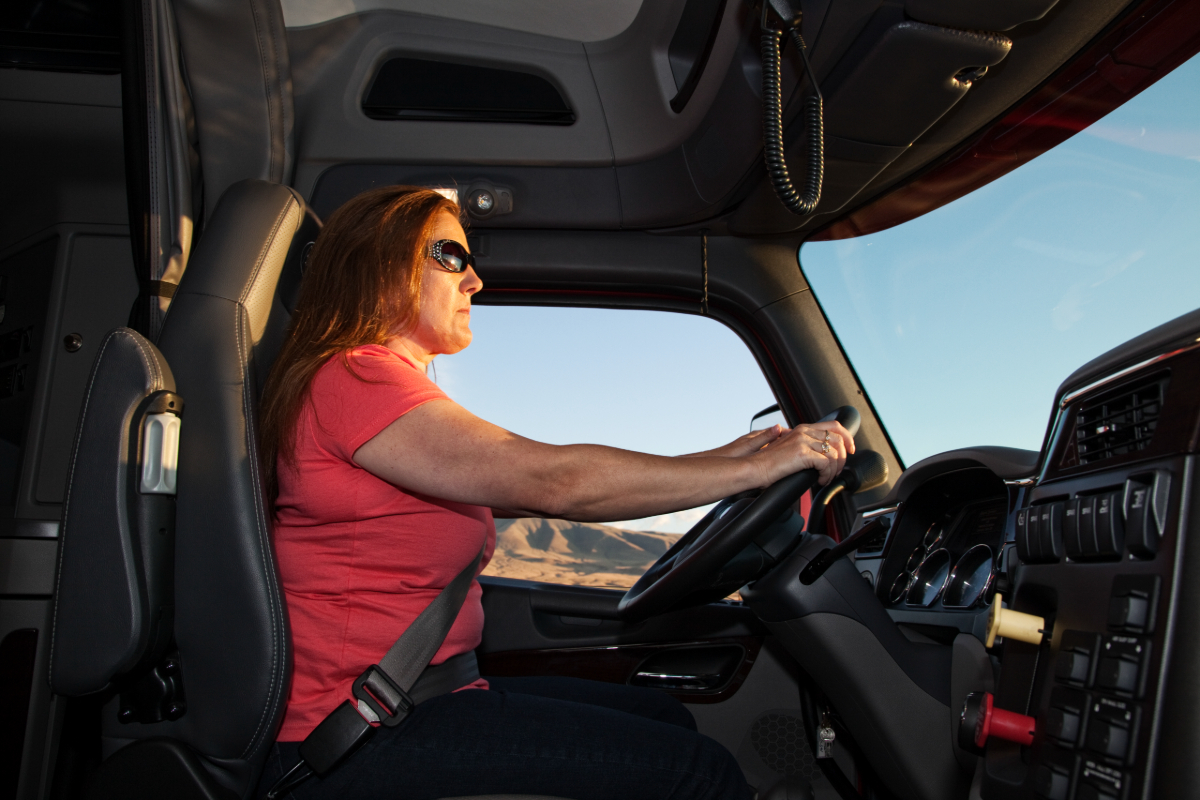
AI’s Direct Impact on Truck Drivers
The integration of AI in trucking isn’t just about futuristic concepts; it’s already having a tangible impact, affecting everything from route planning to vehicle maintenance.
Smarter Routes, Smoother Journeys: AI-Powered Navigation
Imagine a future where unexpected traffic jams and sudden road closures are a thing of the past. Thanks to route optimization and planning, this future is rapidly becoming a reality.
Here are some ways AI-powered navigation systems are revolutionizing how drivers navigate their journeys:
- Reduced Stress and Delays: AI analyzes real-time traffic, weather, and road conditions with incredible speed and accuracy, guiding drivers away from congestion and hazards. This significantly reduces stress and eliminates frustrating delays, making surprise detours and wasted hours in gridlock a thing of the past.
- Optimized Efficiency: By identifying the most efficient routes, AI enables drivers to complete their journeys more swiftly. This translates to more predictable schedules, reduced idle time, and potentially more opportunities for drivers to maximize their earnings.
- Dynamic Adaptability: When unexpected events, such as accidents or sudden road closures, occur, AI systems provide immediate alternative routes. This dynamic adaptability is a game-changer, enabling drivers to stay on schedule and continue moving even when faced with unforeseen circumstances.
RELATED: How Effective Logistics Communication Improves Supply Chain Efficiency

Safer Trucks, Fewer Breakdowns: Predictive Maintenance
One of the most significant advancements brought by AI in trucking is predictive maintenance. This technology is transforming vehicle upkeep from a reactive process to a proactive one and yielding benefits such as:
- Increased Vehicle Reliability: AI continuously monitors vehicle components like the engine, tires, and fluids, analyzing data to predict and prevent potential issues, thereby ensuring the truck remains in optimal condition.
- Less Roadside Waiting: Predictive maintenance directly benefits drivers by significantly reducing unexpected breakdowns and costly downtime, resulting in more valuable time spent driving and far less time stranded on the roadside.
- Enhanced Safety: A well-maintained vehicle is inherently safer; by addressing potential mechanical failures proactively, predictive maintenance significantly reduces the risk of accidents caused by equipment malfunction, directly enhancing overall safety technology.
RELATED: Chief Carriers’ Truck Maintenance Tips: Keeping Your Flatbed Truck Rolling Strong
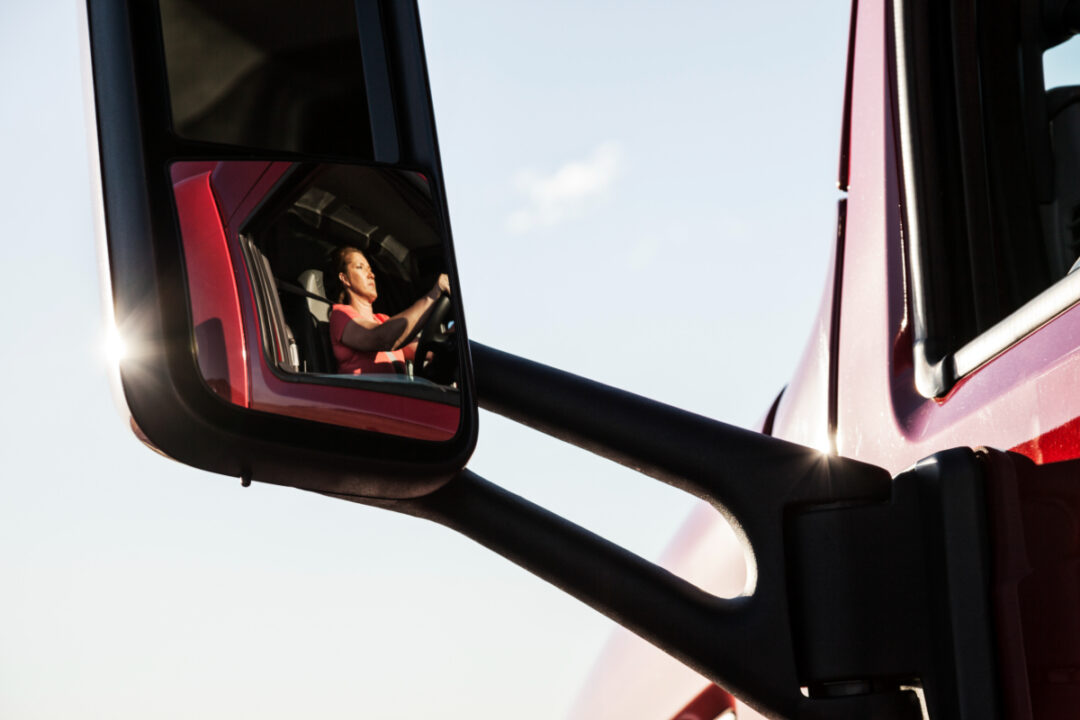
Enhanced Safety on the Road: Advanced Driver-Assistance Systems (ADAS)
Advanced Driver-Assistance Systems (ADAS) represent a critical leap forward in commercial trucking safety. Powered by AI, these systems act as a vigilant co-pilot, actively working to prevent accidents. ADAS helps drivers in the following areas:
- Accident Prevention: Systems like automatic emergency braking and adaptive cruise control are vital safety technologies, with collision mitigation systems playing a key role in actively assisting drivers to avoid collisions by detecting obstacles and applying brakes.
- Fatigue and Distraction Monitoring: AI in trucking utilizes commercial truck dash camera systems and other sensors to detect subtle signs of driver fatigue or distraction, issuing timely alerts that help drivers maintain focus and prevent dangerous situations.
- Improved Awareness: ADAS enhances drivers’ situational awareness, especially regarding blind spots, by providing alerts and visual cues that offer a comprehensive understanding of surroundings, thereby improving their ability to react safely to changing road conditions.
- Accident Investigation: In the unfortunate event of an accident, AI technologies, often integrated with dash camera systems, assist investigations by providing invaluable visual evidence and accurate data to reconstruct events and determine causality, which is crucial for insurance claims and ongoing safety improvements.
RELATED: The Real Dangers of Distracted Truck Drivers on the Road
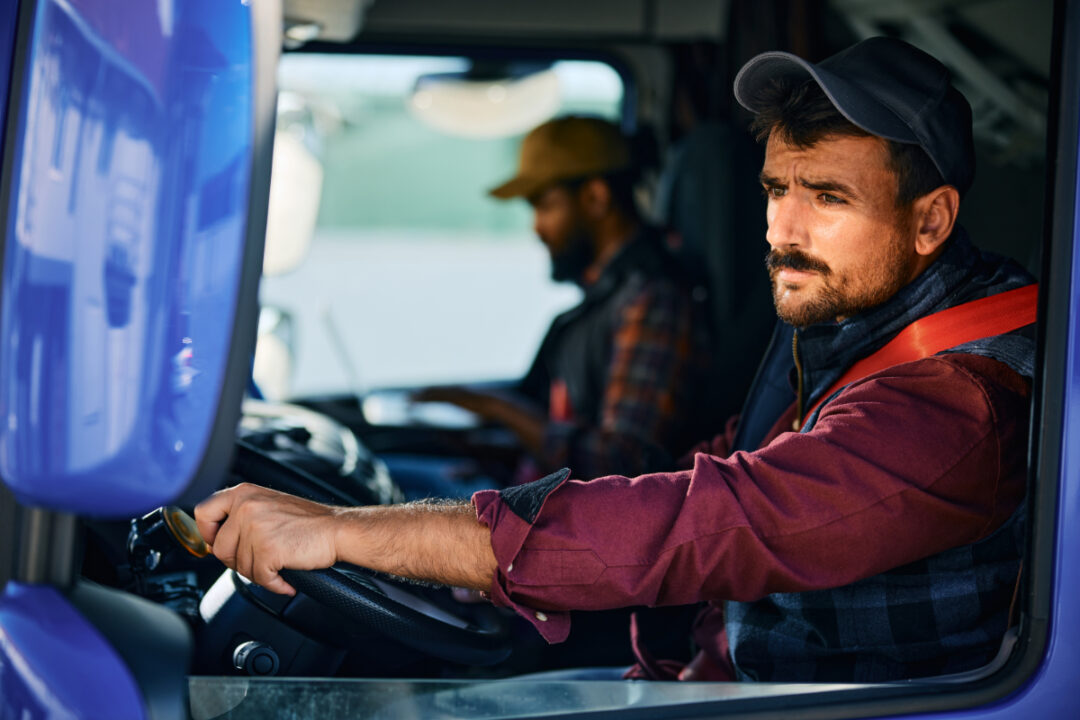
The Evolving Role of Automation: Autonomous and Semi-Autonomous Trucks
The concept of autonomous and semi-autonomous trucks often sparks the most debate regarding AI in trucking. However, the reality is that these technologies are more about assistance and augmentation than complete replacement, especially in the near future.
Rather than being competition for human drivers, AI is a significant part of broader trucking industry automation by aiding the driver with:
- Assistance on Long Hauls: Semi-autonomous features like lane-keeping assist and advanced cruise control significantly reduce driver fatigue on long, monotonous stretches of highway by handling repetitive tasks, allowing drivers to remain fresh and focused while staying fully engaged.
- Responsibility Shifting: The integration of these new trucking AI technologies suggests a shift in the driver’s role from constant manual operation to becoming more of a “system manager,” focused on monitoring performance, handling last-mile deliveries, and overseeing automated systems.
- Focus on Human Oversight: Even with advanced automation, human judgment and decision-making remain paramount; drivers will continue to navigate complex situations, make critical decisions, and ensure the safety of cargo and the public, with truck driver training evolving to cover these new responsibilities.
Instead of running away from AI or scoffing at it, I want you to be more curious as a driver… Don’t make assumptions when it comes to this stuff. Ask good questions: Why are you making this change? Why are you adapting this technology? What is it doing for you as a company? What is it going to do to me as a driver?
-Andrew Winkler
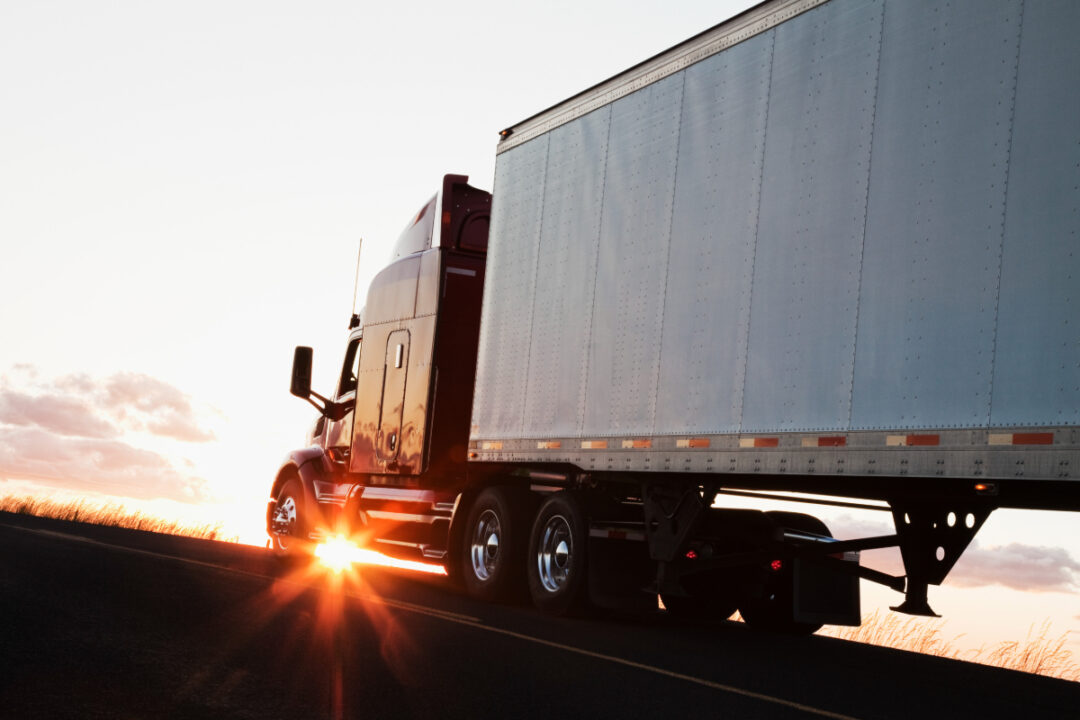
Streamlined Operations, Clearer Schedules: Logistics and Supply Chain Optimization
Beyond the vehicle itself, trucking AI is revolutionizing the logistical backbone of the industry, leading to tangible benefits for drivers through optimized operations and more predictable schedules:
- Reduced Waiting Times: AI optimizes load matching and scheduling, drastically reducing idle time for drivers at docks by efficiently connecting available trucks with waiting loads, thus minimizing wasted hours and maximizing driving time and earning potential.
- More Predictable Workflows: By improving demand forecasting and inventory management, AI creates more consistent and less chaotic schedules for drivers, fostering a better work-life balance.
- Improved Communication: AI-driven platforms directly enhance coordination between dispatch, warehouses, and drivers, utilizing advanced trucking technology dispatch systems to provide real-time updates and seamless communication, ultimately reducing misunderstandings and boosting efficiency for all.
Last fall, I made the decision to purchase a piece of software that was going to help make our dispatchers and planners better, meaning they were going to be able to see out further into the future, have more predictability on the loads that we’re going to be coming into the system.
-Andrew Winkler
RELATED: The Hidden Costs of Detention Time in Trucking: How It Impacts Your Bottom Line
Driving More Efficiently: Fuel Optimization
Fuel is a significant operating cost in trucking, but AI is now optimizing consumption to benefit both companies and drivers. AI systems provide real-time feedback on driving style, including acceleration, braking, and idling, helping drivers adopt more fuel-efficient practices. This directly contributes to significant cost savings and can even lead to incentives for drivers who prioritize efficiency and environmental sustainability.
Secure and Reliable Technology: Cybersecurity for Drivers
As AI in trucking expands, ensuring the security and reliability of these technologies is crucial, with AI itself providing solutions to address these concerns. It helps protect sensitive driver data within fleet management systems and ELDs, while AI-driven cybersecurity measures prevent disruptions to essential navigation, communication, and safety systems.

Better Training and Support: Driver Development
The evolving landscape of trucking demands new approaches to truck driver training and ongoing support. AI-powered virtual reality offers incredibly realistic and safe training simulations for both new and seasoned drivers. At the same time, intelligent in-cab assistants provide real-time performance coaching and troubleshooting assistance directly on the road.
I think about how long have I needed some kind of training manual for dispatchers? There’s never been a great training system out there, whether it’s rewriting a policy manual, a handbook for drivers, or something like that. Documenting our internal processes of how we do stuff… Guess what? Now it gets done in a matter of days. So the power of AI is absolutely incredible.
-Andrew Winkler
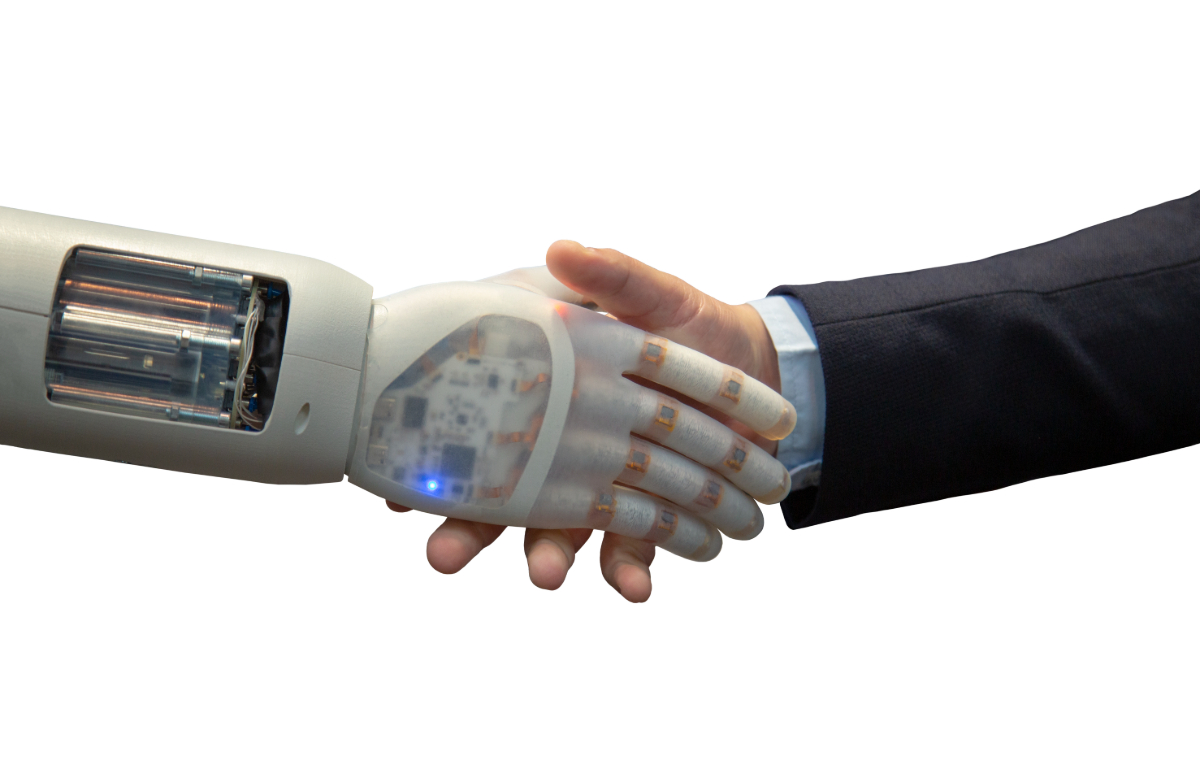
The Future of Trucking: AI Empowering Drivers, Not Replacing Them
The role of the truck driver is changing, but AI in trucking isn’t about replacing human ingenuity; it’s about augmenting it. AI is a powerful tool that empowers drivers by handling repetitive tasks, providing crucial insights, and boosting safety. This makes the trucking profession more sustainable and appealing, creating a safer, more efficient, and more rewarding experience for everyone on the road through the partnership of AI and human drivers.
Chief Carriers is committed to staying at the forefront of these technological advancements, ensuring our drivers are equipped with the best tools and support available. We believe that by embracing these innovations, we can continue to lead the flatbed trucking industry and be a champion for our drivers.
Join a team that invests in you. If you’re ready to drive for a company that uses cutting-edge technology to improve your safety, efficiency, and earning potential, apply to join the Chief Carriers family today.

